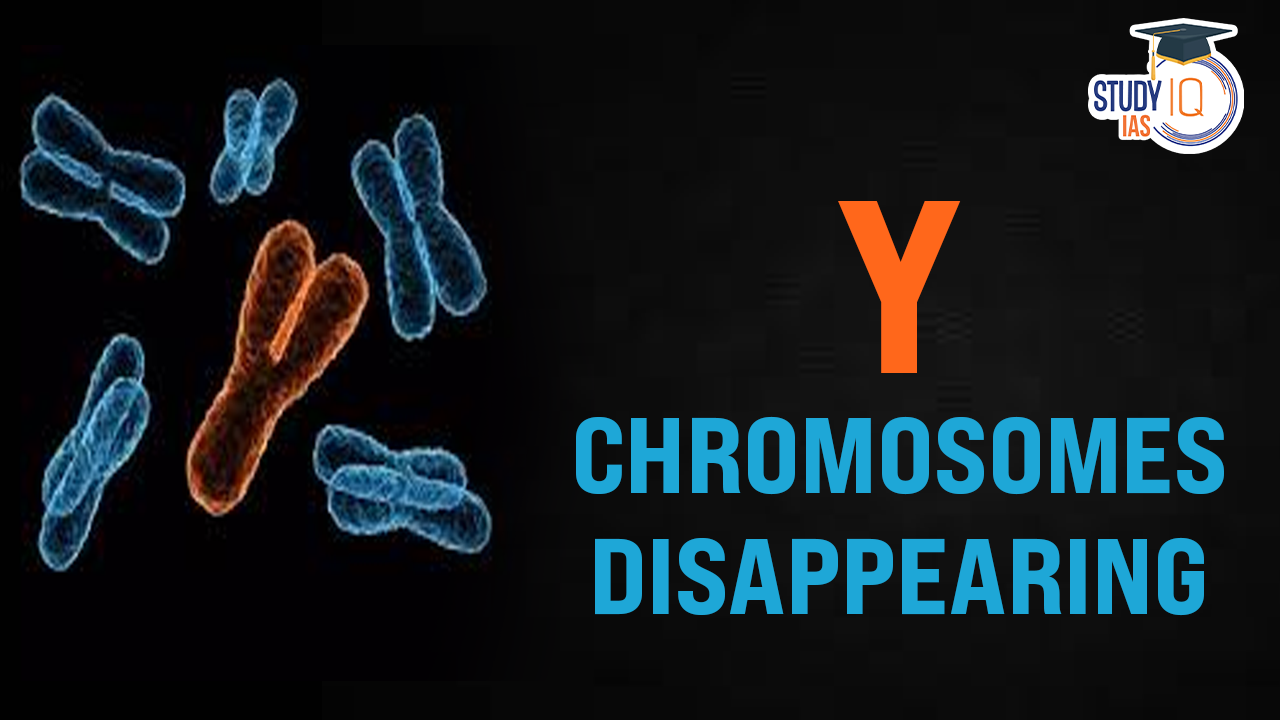Table of Contents
The Y chromosome, known for its role in determining male sex in humans, is a unique and essential component of our genetic makeup. However, research suggests that the Y chromosome is shrinking, and its eventual disappearance could raise significant concerns regarding human reproduction and survival.
While the prospect of a world without Y chromosomes seems distant, it has intrigued scientists and has become an important topic in evolutionary biology and genetics. This article explores the causes of the shrinking Y chromosome and the potential implications for humanity.
What is the Y Chromosome?
The Y chromosome is one of the two sex chromosomes that determine an individual’s sex. In humans, males typically possess one X and one Y chromosome (XY), while females have two X chromosomes (XX). The presence of the Y chromosome, specifically the SRY gene (Sex-determining Region Y), triggers male development by initiating the formation of testes and subsequent production of male hormones.
While the Y chromosome is integral to sex determination, it carries far fewer genes than other chromosomes. Over millions of years, it has lost the majority of its original genes, raising concerns about its eventual fate. Currently, the Y chromosome contains around 50-200 functioning genes, compared to the approximately 1,100 genes found on the X chromosome.
Why is the Y chromosome disappearing?
The Y chromosome is shrinking due to its limited genetic recombination with the X chromosome, leading to the accumulation of mutations and genetic decay. Unlike other chromosomes, it does not effectively repair itself through recombination, resulting in the gradual loss of non-essential genes. This process, known as Muller’s Ratchet, accelerates genetic deterioration. Evolutionary pressures have further streamlined the Y chromosome by eliminating redundant genes. Over millions of years, these factors have caused significant gene loss, raising concerns about its potential future disappearance and its implications for human reproduction.
Historical Context and Gene Loss
- Evolutionary History:
- The Y chromosome has lost over 900 genes in the past 166 million years.
- It was once similar in gene content to the X chromosome but has significantly diminished.
- Current Gene Content:
- The Y chromosome now primarily contains genes critical for male sex determination and spermatogenesis.
Causes Behind the Shrinking Y Chromosome
- Lack of Genetic Recombination:
- The Y chromosome undergoes limited recombination with the X chromosome.
- Recombination helps repair genetic mutations and maintain gene function, but the Y chromosome does this less effectively.
- Muller’s Ratchet:
- This phenomenon describes the accumulation of mutations in non-recombining chromosomes.
- Without recombination, mutations cannot be repaired, leading to gene loss and genetic decay.
- Evolutionary Pressure:
- Over time, non-essential genes have been lost as evolution favors streamlined genetic processes.
- Essential genes like SRY remain, but many others have been eliminated.
Implications of the Disappearance of the Y Chromosome
The potential disappearance of the Y chromosome has raised questions about the future of human reproduction. If the Y chromosome were to vanish entirely, it could lead to profound changes in the mechanisms that determine sex and reproduction.
- Threat to Human Reproduction: The most immediate concern is the possibility of a world where humans can no longer produce male offspring. Since the Y chromosome carries the SRY gene essential for male development, its disappearance could mean that only female offspring are born, threatening the continuation of the species.
- Evolution of New Sex-Determining Mechanisms: While the disappearance of the Y chromosome might seem catastrophic, evolution could provide a solution. In some species, alternative sex-determining genes have emerged after the loss of the Y chromosome. For example, spiny rats have developed a different male-determining gene on another chromosome, allowing them to reproduce without the Y chromosome. Scientists speculate that a similar adaptation could occur in humans over millions of years.
- Risk of Speciation: The emergence of new sex-determining systems could lead to speciation, or the development of new human species. If different populations evolve distinct mechanisms for determining sex, they might become reproductively isolated from each other. This could result in several human species coexisting with varying reproductive systems, though such a scenario is purely hypothetical at this stage.
- Medical and Ethical Considerations: As the Y chromosome continues to decay, advances in genetic medicine might offer potential interventions. Gene editing technologies like CRISPR could potentially prevent harmful mutations or even preserve essential genes on the Y chromosome. However, these developments would raise complex ethical questions regarding human intervention in natural evolution.
Conclusion
The shrinking Y chromosome is an evolutionary phenomenon that has captured the attention of scientists and geneticists worldwide. While the eventual disappearance of the Y chromosome might not occur for millions of years, it raises significant questions about the future of human reproduction and the adaptability of our species. The study of other animals that have lost their Y chromosomes offers hope that new genetic mechanisms could emerge to maintain reproductive viability. However, much remains uncertain, and continued research is essential to understanding the full implications of the Y chromosome’s decline. Ultimately, evolution may offer solutions, but the journey toward those answers will be a complex and fascinating one.


 Securities Markets Code Bill 2025: Towar...
Securities Markets Code Bill 2025: Towar...
 Weakly Interacting Massive Particles (WI...
Weakly Interacting Massive Particles (WI...
 India–Oman Trade Deal: CEPA Signed to ...
India–Oman Trade Deal: CEPA Signed to ...

























